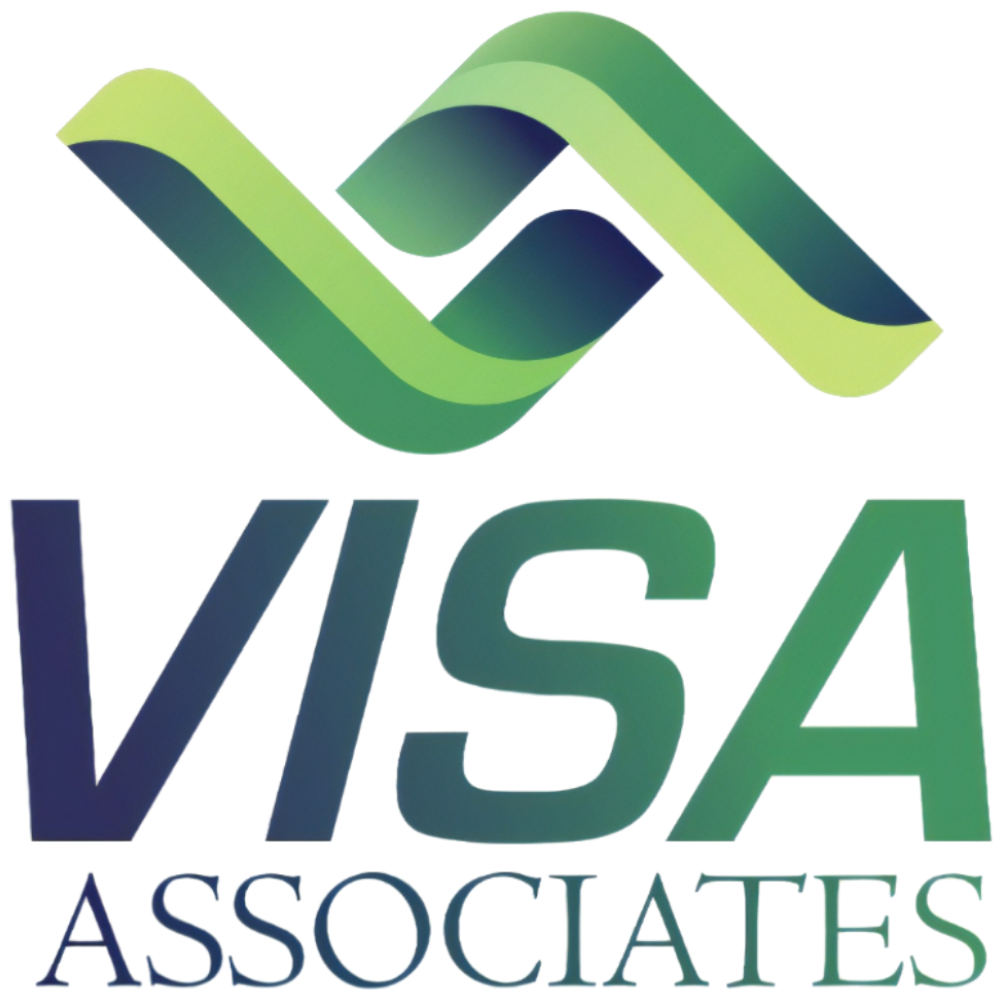Picture this: You’re walking across a sun-drenched campus, textbooks in hand, surrounded by students from dozens of countries, with the iconic Sydney Opera House gleaming in the distance. Sounds like a dream? For thousands of international students, this is their reality – and it could be yours too.
Australia has become one of the world’s most popular study destinations, attracting over 600,000 international students annually. But beyond the stunning beaches and vibrant cities lies something even more valuable: a launchpad for an extraordinary international career. Let’s explore how to master the Student Visa process and transform your educational journey into a global career adventure.
Why Australia? The Education Powerhouse
Australia isn’t just about koalas and kangaroos – though those are pretty great perks! The country boasts eight of the world’s top 200 universities, cutting-edge research facilities, and qualifications recognized globally. But here’s the secret sauce: Australia’s student visa pathway seamlessly integrates with post-study work opportunities, creating a unique bridge from education to employment.
Unlike other study destinations, Australia actively wants you to stay and contribute to their economy after graduation. This student-to-work pathway makes Australian education not just an academic experience, but a strategic career move.
The Student Visa Blueprint: Your Step-by-Step Success Guide
Step 1: Choose Your Dream Course and Institution
The foundation of your Australian adventure begins with selecting the right course at a CRICOS-registered institution. Research universities and colleges that excel in your field of interest, considering factors like:
- Global rankings and reputation
- Industry connections and internship opportunities
- Location and lifestyle preferences
- Course structure and specializations
- Post-graduation employment statistics
Pro Tip: Look for courses with built-in work-integrated learning components – these programs give you practical experience while you study, making you more attractive to future employers.
Step 2: Meet the Academic and English Requirements
Australian institutions maintain high academic standards, so ensure your qualifications meet entry requirements. Most courses require:
- Academic transcripts and certificates
- English proficiency (IELTS 6.0-6.5 minimum, depending on course)
- Relevant work experience (for some programs)
- Portfolio or entrance exams (for creative courses)
Don’t let English requirements intimidate you – many institutions offer conditional offers with English preparation courses if you need to improve your language skills.
Step 3: Financial Planning: Show You Can Support Your Dreams
You’ll need to demonstrate sufficient funds to cover:
- Tuition fees: Varying from AUD $15,000-40,000+ annually
- Living costs: Minimum AUD $21,041 per year
- Overseas Student Health Cover (OSHC): Mandatory health insurance
- Return airfare: Evidence of travel arrangements
Financial planning isn’t just about meeting visa requirements – it’s about ensuring you can focus on your studies without financial stress.
Step 4: Master the Student Visa Application
The Subclass 500 Student Visa is your golden ticket, and getting it right the first time is crucial. Essential requirements include:
- Confirmation of Enrolment (CoE) from your chosen institution
- Genuine Temporary Entrant (GTE) statement explaining your study intentions
- Financial capacity evidence meeting the requirements above
- Health insurance through OSHC
- Health and character requirements (medical exams and police checks)
Common Mistake Alert: Many applications fail because of poorly written GTE statements. This isn’t just paperwork – it’s your story. Make it authentic, compelling, and clearly aligned with your career goals.
The Hidden Advantages of Australian Student Life
Work While You Study: Earn While You Learn
One of Australia’s best-kept secrets? Student visa holders can work up to 48 hours per fortnight during study periods and unlimited hours during breaks. This isn’t just pocket money – it’s professional experience, networking opportunities, and a chance to build your Australian employment history.
Students often find work in:
- Retail and hospitality (great for customer service skills)
- Tutoring and education support
- Administrative roles in their field of study
- Internships and graduate programs
- Startup companies and innovative businesses
Post-Study Work Visa: Your Career Launchpad
Here’s where Australia truly shines. After completing your studies, you can apply for a Temporary Graduate Visa (Subclass 485):
- Bachelor’s degree: 2 years work rights
- Master’s degree: 2-3 years work rights
- Doctoral degree: 4 years work rights
This isn’t just extra time in Australia – it’s your chance to prove your value to Australian employers, gain local work experience, and potentially transition to permanent residency.
Building Your International Career While Studying
Network Like a Pro
Australian universities are melting pots of industry connections. Attend:
- Career fairs and recruitment events
- Industry guest lectures and seminars
- Professional association meetings
- Alumni networking events
- Entrepreneurship workshops
Many students secure job offers months before graduation simply by building genuine professional relationships.
Internships and Industry Placements
Australian education emphasizes practical experience. Seek out:
- Credit-bearing internships in your field
- Industry project collaborations
- Research assistant positions
- Volunteer opportunities with professional organizations
- Part-time roles in growing companies
Develop Australian Workplace Culture Skills
Understanding local business customs can set you apart:
- Direct but respectful communication styles
- Collaborative work environments
- Innovation and problem-solving focus
- Work-life balance appreciation
- Multicultural team dynamics
Success Stories: From Student to Professional
Maria’s Journey: Engineering to Entrepreneurship
Maria arrived from Brazil to study mechanical engineering at the University of Melbourne. Through university career services, she secured an internship at a renewable energy startup. During her studies, she worked 20 hours weekly at a consulting firm, building her professional network. After graduation, her 2-year post-study visa led to a full-time position, and she’s now launching her own sustainable technology venture.
Ahmed’s Path: IT Graduate to Global Tech Leader
Ahmed chose RMIT University in Melbourne for its industry-connected computer science program. He joined coding clubs, participated in hackathons, and worked part-time at a fintech company. His post-study visa allowed him to gain experience with three different companies, eventually landing a role at a multinational corporation. Now he’s mentoring other international students and planning his permanent residency application.
Maximizing Your Australian Education Experience
Academic Excellence Strategies
- Engage actively in class discussions and group projects
- Seek research opportunities with faculty members
- Utilize university career services and counseling
- Join student organizations related to your field
- Pursue double degrees or minors for broader skill sets
Cultural Integration Tips
- Participate in university cultural festivals and events
- Join international student groups and local clubs
- Volunteer for community organizations
- Practice Australian English and local expressions
- Explore different states and regions during breaks
Financial Management Wisdom
- Create a monthly budget including tuition, living, and savings goals
- Open an Australian bank account for local transactions
- Understand tax obligations and file returns when required
- Consider education loans and scholarship opportunities
- Build an emergency fund for unexpected expenses
Avoiding Common Student Visa Pitfalls
- Academic Performance Slippage: Maintain good academic standing to keep your visa valid
- Work Hour Violations: Exceeding 48 hours per fortnight can result in visa cancellation
- Insurance Gaps: Never let your OSHC lapse – it’s a visa condition
- Address Changes: Always notify both your institution and immigration authorities of address changes within 7 days
- Course Changes Without Approval: Major changes require new Confirmation of Enrolment and possibly new visa applications
Planning Your Post-Graduation Strategy
Immediate Post-Study Period
- Apply for your Temporary Graduate Visa before your student visa expires
- Update your resume with Australian education and work experience
- Network intensively with professors, classmates, and industry contacts
- Attend graduate recruitment events and career expos
- Consider relocating to cities with higher job market demand for your skills
Long-term Career Development
- Set clear 1, 3, and 5-year career goals
- Identify skills gaps and pursue relevant professional development
- Consider professional certifications or additional qualifications
- Build a portfolio of projects and achievements
- Maintain connections with your home country for international opportunities
Your Australian Adventure Awaits
Studying in Australia isn’t just about earning a degree – it’s about launching a global career with a unique blend of world-class education, practical work experience, and international exposure. The Student Visa is your gateway to this incredible opportunity, but success requires strategic planning, cultural adaptability, and proactive career development.
Whether you dream of contributing to Australia’s innovation economy, building international business networks, or using your experience as a springboard to opportunities worldwide, the Australian student pathway offers unparalleled advantages.
Remember, every successful international graduate started exactly where you are now – with a dream, a plan, and the courage to take the first step. Your Australian success story is waiting to be written.


Leave a Reply